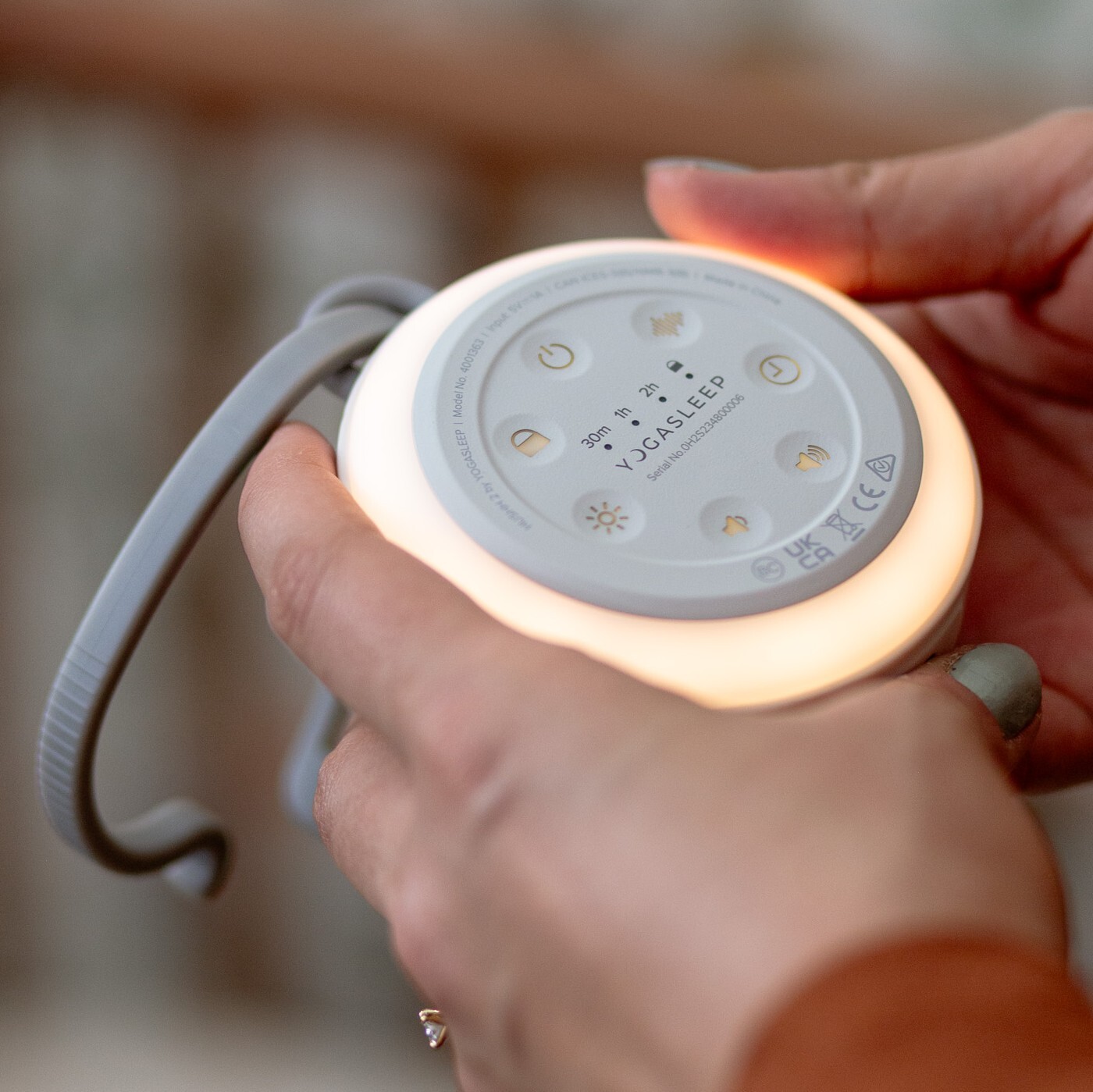A recent report from the American Academy of Pediatrics on positional skull deformities (flat heads) offers reassurance that deformities generally are harmless and that almost all positional skull deformities are resolved by age 3. Paediatricians are likely to see increased numbers of infants presenting with positional skull deformities as more parents heed advice on safe sleep environments, including placing babies to sleep on their backs. About 13% of healthy singleton infants will have a positional skull deformity, the report found.
“This is a common problem, if you want to call it a problem,” said Thomas G. Luerssen, M.D., FAAP, pediatric neurosurgeon and co-author of the report. “It’s almost completely preventable by early re positioning.”
In most cases, the report states, paediatricians can diagnose and manage positional skull deformity. This involves examination for and counseling on positional skull deformity in the newborn period and at health supervision visits during infancy, and monitoring for improvement or progression.
Why You Don't Need to Worry About Flat Heads
Advice for families
-
Parents often are concerned about their babies’ temporarily misshapen heads, and the report recommends pediatricians offer the following advice:
Parents should continue to put their infants to sleep on their backs, but each night, the baby’s head should be alternated between the right and left sides.
Parents should avoid prolonged use of swings and car safety seats when the infant is not in a vehicle.
-
At least 30 to 60 minutes of supervised tummy time should be provided each day to help prevent the development of deformities.
-
There is no evidence that positional skull deformities cause developmental delays, otitis media, temporomandibular joint disorders, scoliosis or hip dislocation.
“The vast majority of skull deformities go away with noninvasive techniques by the age of 3,” said James Laughlin, M.D., FAAP, lead author of the report and a member of the AAP Committee on Practice and Ambulatory Medicine.” Helmet therapies and more invasive therapies like surgery are very rarely needed.”
When to seek advice
If you are concerned about the shape of your baby's head, please seek advice from your GP, who can in turn refer you to a specialist pediatrician with expertese in this area.
Clinically, positional skull deformities are easy to separate from craniosynostosis, which needs further management, Dr. Luerssen said. When an examiner looks down at the top of the head and notes the position of the infant’s ears and cheekbones, positional skull deformities are marked by a parallelogram-shaped deformity. Craniosynostosis commonly results in a trapezoidal head shape with flattening of the occipital and frontal regions of the impacted side, the report explains.





















